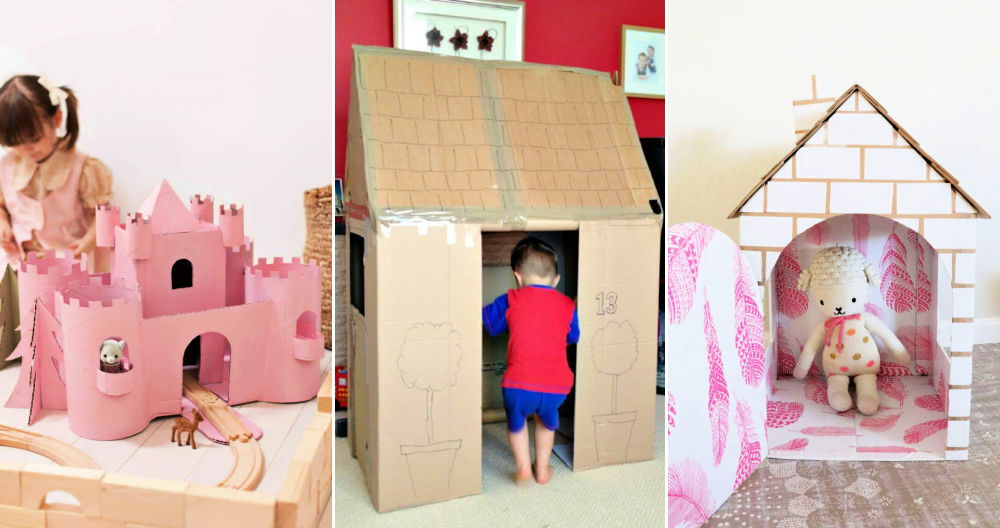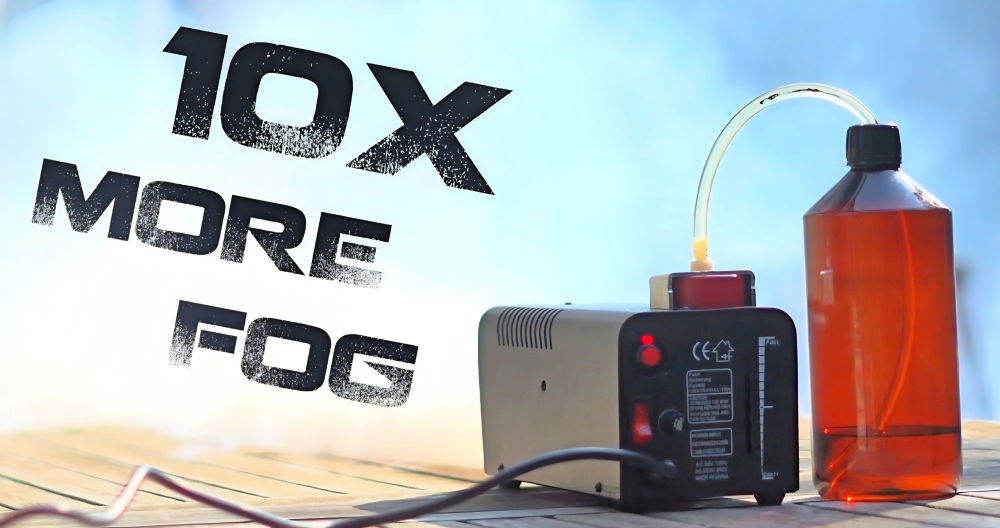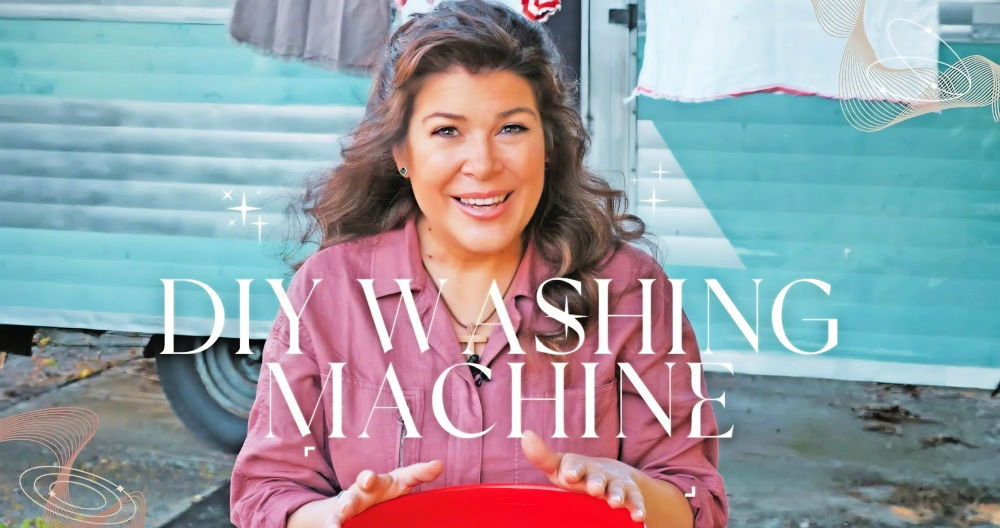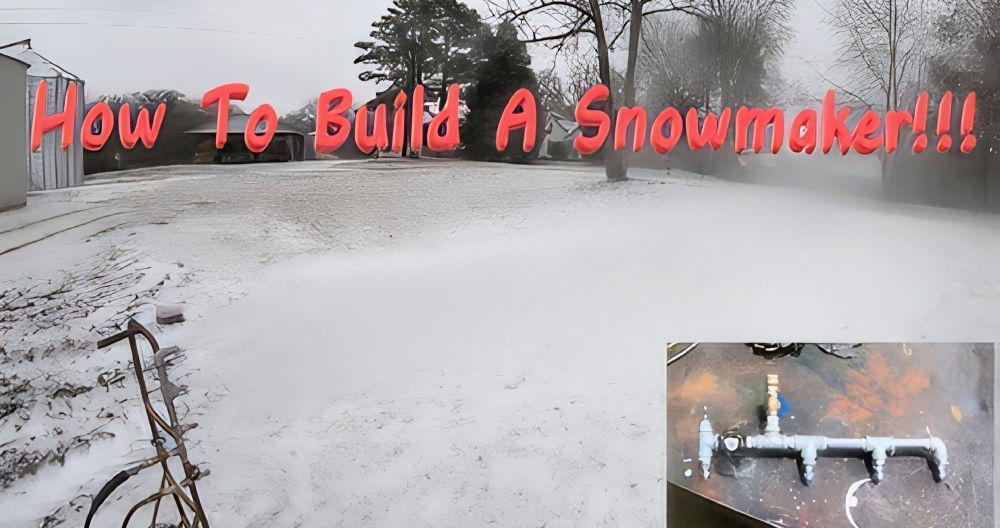Making a DIY cardboard pinball machine can be a fun and rewarding project. It's a fantastic way to combine creativity and engineering right at home. This instructive guide will walk you through easy steps on how to make a pinball machine using simple materials like cardboard. Not only is it an engaging activity, but it also teaches basic concepts of mechanics and design.
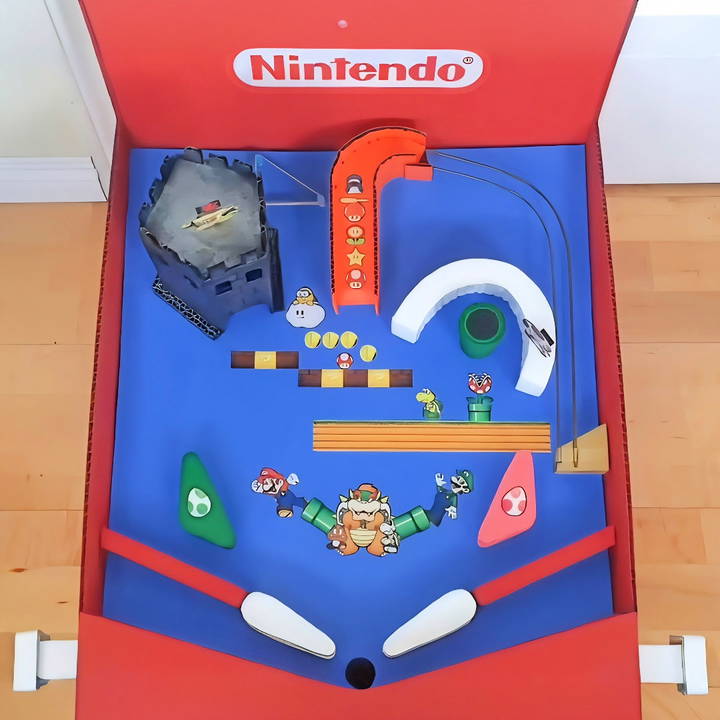
Before starting, gather all necessary materials and tools such as cardboard, glue, and rubber bands. Following structured instructions ensures a smooth building process. This cardboard pinball machine project is perfect for fostering problem-solving skills. Dive into this creative endeavor and see your DIY pinball machine come to life.
Continue reading to explore detailed steps and helpful tips to build your own pinball machine.
Introduction to Pinball Machine Mechanics
Pinball machines are fascinating devices that blend physics, engineering, and entertainment into one. They have been captivating players for decades, offering a unique arcade experience. Let's dive into the mechanics of these machines and understand what makes them tick.
The Heart of the Machine:
The Playfield At the center of a pinball machine is the playfield, a sloped surface sprinkled with various obstacles and features. Here, the pinball bounces and ricochets, interacting with bumpers, ramps, and targets. The playfield's slope ensures that the ball keeps moving and challenges players to keep it in play.
The Players' Paddles:
Flippers are the player-controlled paddles used to strike the ball upwards into the playfield. Typically located at the bottom, these flippers are your main defense against losing the ball. They require quick reflexes and precise timing to use effectively.
Scoring Points:
Bumpers, Ramps, and Targets As the ball hits different elements on the playfield, it scores points. Bumpers are spring-loaded elements that bounce the ball away, while ramps can guide the ball to specific areas or even launch it into the air. Targets, on the other hand, are often part of a sequence that players must hit to achieve high scores or unlock special game features.
Keeping the Ball in Play:
The Drain The drain is the area at the bottom of the playfield where the ball can fall out of play. It's the player's job to prevent this by skillfully using the flippers. Some machines have features like ‘kickbacks' that can save the ball from draining, adding an extra layer of excitement.
The Brain of the Operation:
The Backbox Behind the playfield is the backbox, which houses the electronic brains of the machine. It contains the scoring mechanisms, lights, and sometimes animations that react to the game's progress. The back box is also where you'll find the scoreboard, displaying your points as you play.
The Magic Underneath:
The Underplayfield Mechanics Beneath the playfield lies a complex network of wires, coils, and switches. These components work together to detect the ball's position, activate the playfield features, and keep the game running smoothly. It's a hidden world of precision engineering that powers every flip, bump, and score.
The Tilt Mechanism:
Preventing Cheating To keep the game fair, pinball machines have a tilt mechanism. If a player moves the machine too aggressively, sensors will detect this and can temporarily disable the flippers or end the current ball's play as a penalty.
The Evolution of Pinball:
From Mechanical to Digital While traditional pinball machines are mechanical marvels, modern versions often incorporate digital elements. Screens, sound effects, and complex rule sets have been added to build an even more immersive experience.
Pinball machines blend mechanics and electronics, challenging players to control the chaos. Understanding these enhances appreciation and skills.
Gathering Your Materials
Discover essential steps in gathering your materials. Learn why each material is needed for a successful outcome in your projects.
Why Each Material Is Needed:
- Cardboard Boxes: The backbone of your pinball machine. I used a larger box for the base and smaller pieces for the details and mechanics.
- Popsicle Sticks: These are perfect for making the flippers' supporting structures.
- Elastic Bands: They're used to make the flippers snap back into place, a crucial element for that authentic pinball feel.
- Glue: To hold everything together. A stronger adhesive is required for durability.
- Paint: This is to add color and life to your machine, making it visually appealing.
- Ball Bearings or Marbles: These will serve as your pinballs.
Step by Step Instructions
Learn how to build, craft, and customize your own DIY cardboard pinball machine with our step-by-step instructions. Perfect for beginners!
Building the Base
- The Base Structure: Start with a large cardboard box that fits your desired pinball machine size. Reinforce it with more cardboard until you have a sturdy base.
Crafting the Play Field
- The Board: Cut out a flat piece of cardboard to serve as the playing field. Make sure it fits snugly inside the base.
- Flippers and Control Buttons: Carve out areas for the flippers on the board. For the flipper mechanism, glue popsicle sticks on both sides of an elastic band. Ensure they spring back when pressed down.
- Side Cutouts for Flipper Buttons: Make holes on the base's sides where you'll mount the flipper control buttons.
Adding Features and Decorations
- Painting: Start with a base coat. I chose red for the sides and light blue for the board. Then, paint your flippers white for contrast.
- Obstacles and Ramps: Use your creativity to craft obstacles. I incorporated ramps, a castle, and thematic elements like a Mario tube. Each feature adds a unique challenge to your game.
- Final Touches: Decorate the board with printed themes or designs. It gives your pinball machine a personalized look.
Playing Your Cardboard Pinball Machine
After assembly, the real fun begins. Launch your ball and use the flippers to keep it in play. Each obstacle will score points or build new challenges, like the multiball with Bowser Jr.'s Castle.
Maintenance and Upgrades
Cardboard isn't the most durable material. You may need to repair or reinforce parts over time. Consider upgrading components with stronger materials or adding new features to enhance the play experience.
Customization Ideas for Your DIY Pinball Machine
Making a DIY pinball machine is not just about the mechanics; it's also an opportunity to inject your personality and flair into the game. Here are some customization ideas that can make your pinball machine uniquely yours:
- Choose a Theme That Resonates Start by picking a theme that excites you. It could be your favorite movie, a beloved book series, or even a period in history. The theme will guide the overall design, from the artwork to the sound effects.
- Artwork That Pops The playfield, backglass, and cabinet are your canvases. Use vibrant colors and bold designs to bring your theme to life. If you're not an artist, consider collaborating with a friend or hiring a local artist to build something special.
- Light It Up LEDs can add a dramatic effect to your pinball machine. Use them to highlight key areas, build ambiance, or even respond to game events. The possibilities are endless, and they can really make your machine shine.
- Soundtrack Your Game Custom sound effects and music can elevate the playing experience. Record your own sounds or use royalty-free tracks that fit your theme. Each bumper hit, and flipper action can have its own unique sound.
- Modify the Playfield Add or modify ramps, bumpers, and targets to change the gameplay. Each element can be a reflection of your theme and add new challenges for players.
- Personalize the Flippers The flippers are the most interacted-with part of the machine. Why not give them a personal touch? Custom decals or shapes can make them stand out.
- Make Custom Balls Pinball machines typically use standard silver balls, but who says you have to stick to the norm? Paint them, add decals, or even use different materials to match your theme.
- Incorporate Interactive Elements Consider adding elements that react to the ball's movement, like figurines that move or lights that change color. These interactive features can make your machine more engaging.
- Add Digital Displays If you're tech-savvy, incorporating small screens to display animations or scores can add a modern twist to your classic machine.
- Think About the Plunger The plunger is your game's starting point. Customizing it to fit your theme can be a fun detail that players will notice right away.
The key to great customization is that it reflects your interests and creativity. Have fun with it, and don't be afraid to try out new ideas.
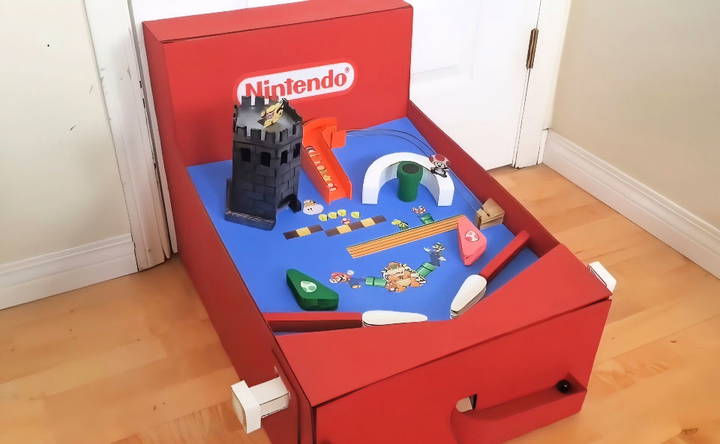
Troubleshooting Common Issues
When you're building and playing with your DIY pinball machine, you might run into a few hiccups along the way. Don't worry; many of these issues are common and can be fixed easily. Here's a guide to help you troubleshoot some of the typical problems you may encounter.
- The Ball Gets Stuck Sometimes, the ball might get stuck on the playfield or in between obstacles. This can often be resolved by gently tilting the machine to nudge the ball free. If this happens frequently, check for any objects that are too close together and adjust their placement.
- Flippers Aren't Responsive If the flippers aren't reacting when you press the buttons, it could be a simple electrical issue. Ensure that all wires are connected properly and that the flipper mechanism is clean and free of debris. Also, check the flipper's rubber for wear and tear and replace it if necessary.
- Scoring System Errors: Are the scores not adding up correctly? First, make sure the scoring switches beneath the playfield targets are clean and not stuck. If the problem persists, it might be a software glitch, which can usually be fixed by resetting the machine's system.
- Lights and Sounds Aren't Working When the lights or sounds aren't functioning, it's often due to loose connections or burnt-out bulbs. Check all connections and replace any non-working bulbs with new ones. For sound issues, verify the speakers are in good condition and properly connected.
- Machine Won't Start If your pinball machine won't start at all, check the power supply first. Ensure it's plugged in and that the outlet is functioning. If the power supply is fine, inspect the machine's fuses and replace any that are blown.
- Tilt Mechanism Too Sensitive A pinball machine's tilt mechanism is there to prevent cheating, but if it's too sensitive, it can trigger without reason. Adjust the tilt mechanism sensitivity according to your preference, making sure it's not too loose or too tight.
- Playfield Elements Not Activating When playfield elements like bumpers or ramps aren't activating, it could be a mechanical or electrical issue. Check for loose wires or broken parts and repair or replace them as needed.
- Display Issues If the display is showing incorrect information or is blank, ensure that the display's wiring is secure and that the display itself isn't damaged. Sometimes, simply resetting the machine can resolve display issues.
Patience is crucial in troubleshooting. Understand the problem, check the manual, or ask the pinball community online. With some effort, your machine will run smoothly again soon.
FAQs About DIY Pinball Machine
Discover answers to the most common questions about DIY pinball machines. Get expert tips and troubleshooting advice, and build your own pinball game today!
Yes, you can! There are various tutorials available that cater to different skill levels. For example, you can build a simple pinball machine out of cardboard, which requires minimal tools and materials. If you're up for a challenge, there are more complex projects involving woodworking and electronics.
The scoring system in a pinball machine can be as simple or complex as you want it to be. You can use manual scoring where players keep track themselves, or you can integrate an electronic system that tallies scores based on hitting certain targets or achieving specific actions on the playfield.
The essential components of a pinball machine include flippers for player control, bumpers and targets for scoring, a ball launcher to start play, and a playfield designed with ramps, obstacles, and artwork. You'll also need a mechanism to return the ball after it's lost.
There are numerous online resources, including video tutorials, forums, and websites dedicated to pinball machine DIY projects. These resources provide step-by-step instructions, design ideas, and technical advice to help you through the process.
To ensure the durability of your DIY pinball machine, focus on using quality materials and robust construction techniques. Use thicker plywood for the cabinet and playfield to prevent warping, and consider using metal or hard plastic for high-impact areas like the ball launcher and flipper mechanisms. Additionally, applying a clear coat finish to the playfield can protect the artwork and surface from wear and tear. Regular maintenance, such as tightening loose screws and replacing worn-out rubber bands, will also prolong the life of your machine. For detailed construction tips and material recommendations, you can refer to online tutorials and community forums.
Conclusion
In conclusion, making a DIY cardboard pinball machine can be a rewarding and fun project. With some basic materials and a bit of creativity, you can craft a cardboard pinball machine that provides hours of entertainment.


